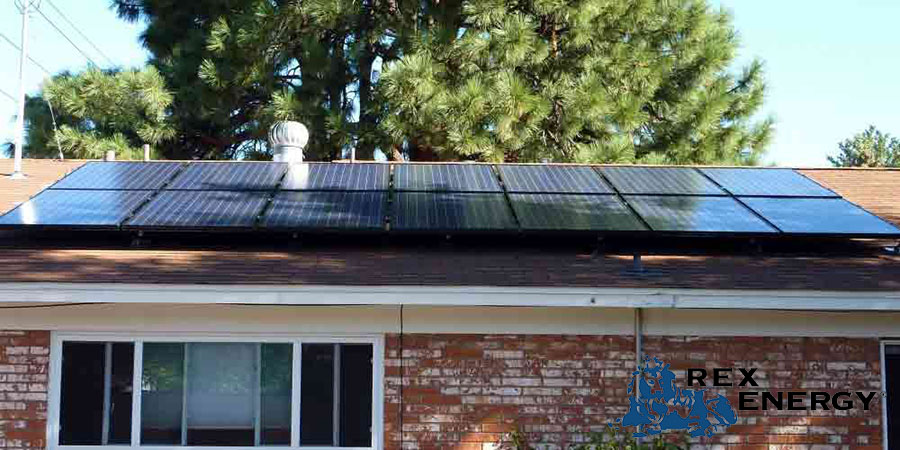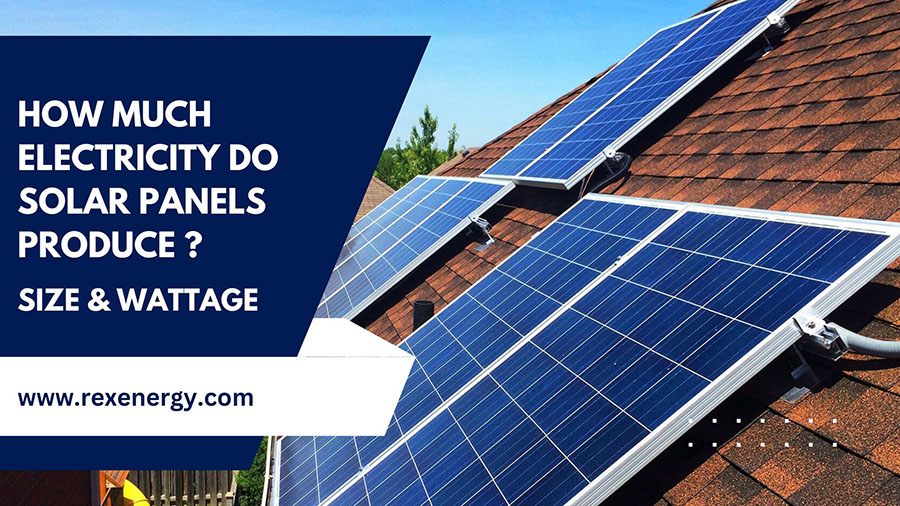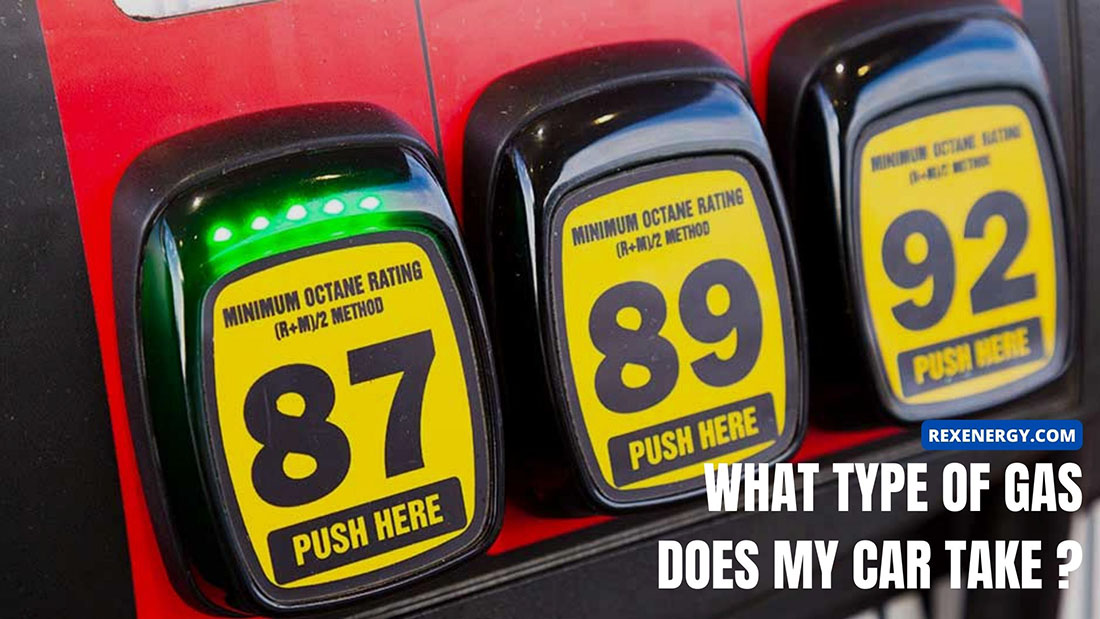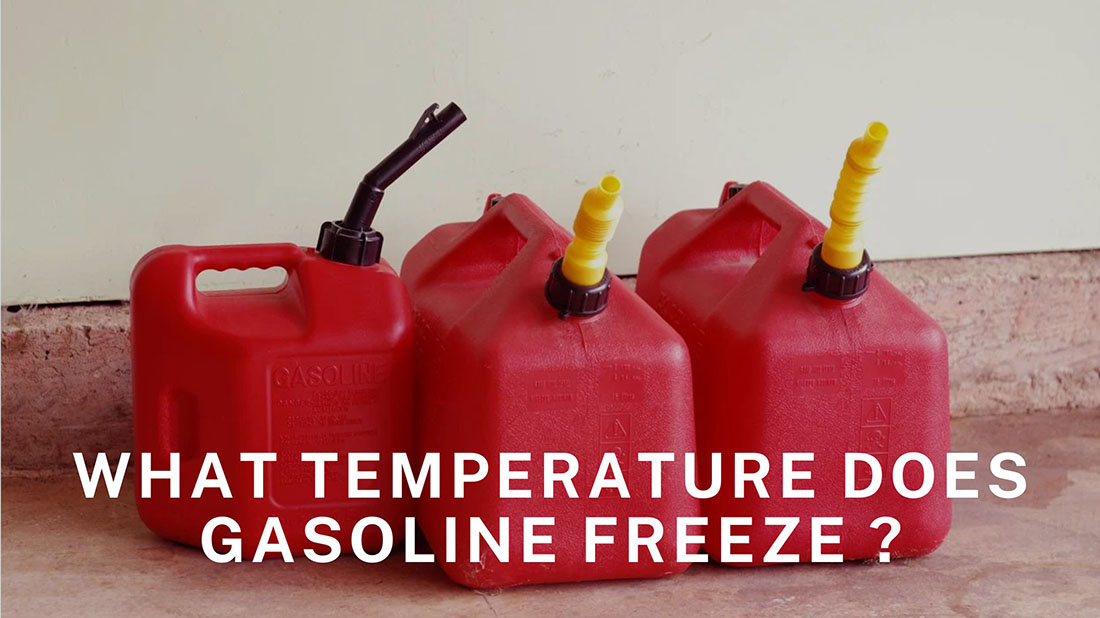Has the question related to solar panel output ever entered your head? If you also have the same wonder, please explore the following parts of our article to grasp essential information.
How Much Electricity Does A Solar Panel Generate?
The electricity production that a solar panel can generate is measured in watts or wattage units, and the output number normally falls in the range of 250 to 400 watts of power per hour. A large system of these roof-installed panels can even reach roughly 850 watts of electricity.
However, if your family of about three or four people is living together under the same roof, the figure mentioned above cannot be sufficient. This is because a typical American household needs about 10,000 kWh annually (according to US Energy Information Administration in 2021), equivalent to the operation of between 20 and 30 solar collectors.
Therefore, it is important that you should consider carefully before deciding to purchase a photovoltaic collector or the whole system. This consideration typically derives from your calculation of the total power output that your family requires.
Other factors affecting the productivity of a solar panel, such as the product brand, your house type, roof direction, etc., should also be analyzed strictly. But how to do so? Keep scrolling down for further details.
How Can I Know The Total Solar Panel kWh?
You can view the power output generated by a solar panel on the product label that the manufacturers have tried to calculate by undertaking many tests and research.
They measure and assess the overall performance of a photovoltaic collector under ideal conditions without wind or other obstructions. The temperature is also excellent, at about 77 degrees Fahrenheit.
However, real-life situations are quite different from laboratory testing, as its capacity of producing electricity greatly depends on the surrounding environment. Hence, the suggested figure is not 100% accurate.
Nevertheless, if you still desire to get the correct wattage that your roof-installed panel can produce, try this straightforward formula:
The daily number of electric currents generated by your photovoltaic panel = power translated to watts X average hours of sunshine.
This simple technique lets you figure out solar panel production without a hitch. Yet, some may wonder how we can estimate the number of sunlight hours per day. The answer lies in the statistics published by solar installation enterprises.
What Kinds Of Solar Panels Are On The Market?
Following is a list of three common types that are favored and trusted by numerous households:
- Monocrystalline: This model makes a name for itself thanks to its efficiency ratings and durability. It is made of pure silicon, which costs a huge sum of money to manufacture but compensates for its greater lifespan.
- Polycrystalline: Unlike the first one, its material derives from silicon crystals which are melted meticulously. Because of cheap materials, the polycrystalline solar panel’s price is lower than the monocrystalline one, but the efficiency and lifespan cannot be parallel.
- Thin-film: This one is quite special, as it is made of a mixture of various materials, including a little portion of silicon. Among the three suggested types, the thin-film photovoltaic collector is the least durable and efficient for energy usage, but its price is the most reasonable.
As you can see, each of the solar panels has its own strengths and limitations. Depending on your budget, needs, and other contributors, you should think twice and make a wise decision to purchase the appropriate one.
What Devices Can A Single Solar Panel Power?
As we have mentioned earlier, a roof-installed collector can produce between 250 and 400 units of power daily. Hence, the figure for solar panel generation can peak at approximately 45 kWh of electricity every month.
With this energy source, some small household appliances, such as cookers, fans, etc., can be powered easily. Nevertheless, you may need more sunlight collectors to cover the need for larger devices or systems.
What Are Some Factors Affecting Your Solar Output?
Below are key factors that may determine the power total your solar panels can generate:
Panel Efficiency
Most products on the current market are silicon-based, which can absorb roughly one-fifth of the direct sunlight and convert this source into clean electricity, which is used to power many appliances and devices in your house.
Thus, if the panel’s efficiency is enhanced to a great extent, more energy will be generated as a consequence.
Photovoltaic Cells
Solar collectors are divided into two types, including the 60-cell and 72-cell ones. The one containing 60 cells produces about 300 electricity watts, while the latter can generate up to 400 watts on average.
Due to this difference, the 72-cell panel is usually installed on some large buildings and is often used by commercial projects or organizations instead of residential settings.
Physical Size
The solar panel size also exerts an impact on the output rating. For instance, when you compare a photovoltaic device producing 300 watts against one generating 250 watts, a high chance is that the former is 20% larger than the other one, regardless of their efficiency levels or the number of cells.
Materials
Silicon takes the lead in sunlight absorption capacity, which explains why it is used in many solar panels. Other materials, namely a mixture deriving from the thin-film type of panel, cannot compare against silicone given the efficiency.
Environmental Factors
Notwithstanding the geographic location, the difference between many solar panels in terms of their energy production can lie in the surrounding environment. Here are some notable instances that you should pay attention to:
- Shading undoubtedly results in lower productivity of your photovoltaic collector. On some days when the sun is blocked by clouds or fog, no sunlight is directed to the Earth, while solar power is the most pivotal factor in keeping it working efficiently.
- Hours of sunlight are also responsible for diminished power output. Especially on some days when the daylight amount is not enough, your panel cannot run and generate sufficient electricity for your house.
Accessible Location
There are some areas whose conditions are not favorable for photovoltaic collector installation. For example, the north of England is often susceptible to thick fog and cloudy weather.
In addition, in central Vietnam, many storms and climatic disturbances frequently happen, acting as a stumbling block to its operation.
Your Roof
Your roof direction is of paramount significance. In the United Kingdom, its latitude is inclined to 51 degrees north, which means sunlight is always directed to the south of your house. Therefore, placing panels to the north cannot capture any sunlight in this direction.
The angle of your rooftop is equally important. Indeed, if you want your solar collectors to gain optimal performance, the roof should be angled towards 30 degrees. Besides, it needs to be cleared of shadows or obstacles ahead as well.
Is It Possible That The Electricity Output Of Solar Panels Can Be Stored?
Yes.
You can store the power source from panels in a specialized battery. This technology has just been released to the public for some years, so the cost may be pretty expensive. But in the long run, it will gradually drop down for sure.
Remember that you should choose the solar battery storage suitable for your photovoltaic panel concerning the electricity voltage. Don’t panic; you can contact a specialist in this field for a precise answer.
How Can I Know Whether My Solar Panels Are Operating Efficiently Or Not?

There is a wireless control system, or in-home display, that helps manage the general operation of your photovoltaic collector. This device can monitor the electricity output that your panel produces within a day and figure out something wrong with it.
You should invariably set eyes on this control device in case bad scenarios arise. If your panel is on the fritz, have it fixed by qualified technicians or specialists. Avoid repairing it by yourself at home, as you can exacerbate the problem.
What Should I Do If My Solar Panel Generates More Power Than Needed?
A surplus of electricity is no stranger to many users. So how to solve this issue effectively? You can store the extra power in a solar battery and gain an energy independence status by not relying on the local supplier.
This additional source can also help you save lots of money and effort from installing a storage system. In many emergencies, namely the sudden blackout or electrical current failure, it may offer you a helping hand.
Alternatively, you can inform the utility company of your matter and, in turn, receive credit back if you supply the local grid with excess energy.
Frequently Asked Questions
How Many Solar Panels Are Required To Get 1000 kWh Of Energy Per Month?
The answer may vary greatly, depending on numerous factors, such as weather, geographical location, and in-built materials. But under normal climatic conditions, you may need 27 solar collectors to get the power rating of 1000 kWh.
How Much Energy Does A 300-Watt Panel Generate?
This photovoltaic device has a relatively huge size so that it can generate the electricity total from 1.2kW to 2.5kW daily. We cannot present an exact number, as there are many contributors to the final result.
What Is The Electricity Amount Does A 5kW Roof-Installed Panel Produce?
A 5kW solar panel system can produce an amount of 20kWh per day if weather conditions are favorable. In addition, this type is widely utilized in some companies or organizations in place of household settings because its capacity is too great.
The Bottom Line
Our website is honored to become your partner along the journey of exploring a satisfying answer for the solar panel wattage generation. Hope you can get the best one on your own.
If you are still in the dark about some knowledge or information explained in our article, please leave your comment or directly contact our portal via the hotline for the quickest assistance. Thank you, and have a nice day.
See more:








